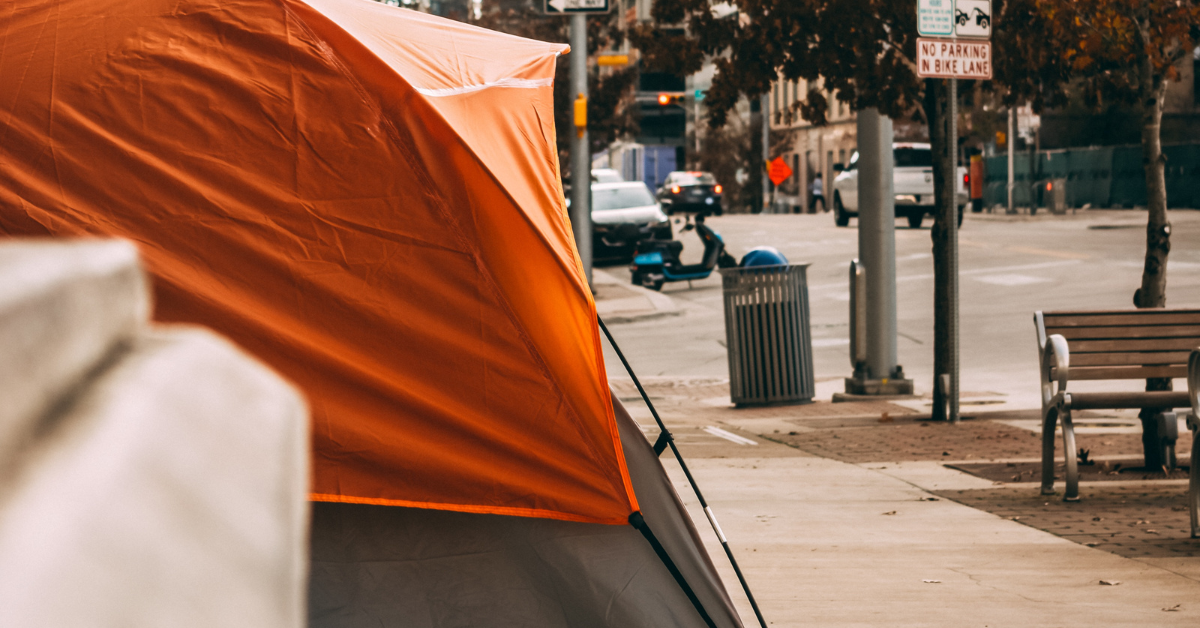More than half of millennials now own a home, according to recent report
According to a recent report from RentCafe, more millennials now own their home than rent. The analysis details just more than half of millennials, or Gen Y – those born between 1981 and 1996 – are now considered homeowners, while three-quarters of Gen Z – those born between 1996 and 2021 – are still renting. The data, unsurprisingly, shows additionally that overall homeownership rates remain dominated by Boomers, those born between 1946 and 1964, followed by Gen X, born between 1965 and 1980. (Business Insider)
Cost of rent nationwide sees lowest increase in two years, returning to pre-pandemic average
Rents nationwide saw their smallest annual increases since April 2021, according to analysis from Apartment List. Up only 2.6% since March 2022, the increase is just slightly below the pre-pandemic average of 2.8%. The report also reveals vacancies have risen to normal levels, measuring most recently at 6.6%. The US is also set to increase its existing apartment base by nearly 5% as some 917,000 apartment units were under construction at the end of 2022. (CNBC)
New book reveals stark reality of American poverty backed by sweeping statistics
“Poverty, by America”, written by sociologist and Pulitzer Prize winner Matthew Desmond, has in recent weeks been recognized for its exploration of the crisis of poverty in the United States, one that has not seen a significant change in rates for 50 years. Where the new book offers critique of the systems that perpetuate and benefit from poverty, it is backed by statistics and data from a variety of sources. Among the books alarming stats is the doubling of wages for the top 1% of American earners since 1979 as the bottom 90% have experienced annual earnings gains of only 24%. Desmond also reports 1 in 18 people in the US live in deep poverty, or what he describes as “a subterranean level of scarcity.” (CNBC)
Young readership engaged as to the crisis of homelessness through interactive lessons
Following a series in which 30 people shared their experiences of homelessness, the New York Times Student Opinion column has begun engaging its student readership through lessons and exercises that prompt its young readers to think about homelessness in their local contexts. In a recent lesson, students were presented with data from a decade’s worth of point-in-time counts from several major United States cities next to interactive graphs that allow readers to further consider what changes or policies these locations have implemented and the trends or results therefrom. Questions for reflection also include an answer key so that students can compare responses while raising their awareness as to the challenges of homelessness across the country. (New York Times)
Washington state program prevents student homelessness under broader definition
Where a narrow federal definition of homelessness forces many into shelters or onto the streets before aid becomes available, the state of Washington has for several years now implemented a program designed to meet the housing needs of children who do not yet qualify for federal help. The state’s Homeless Student Stability Program is a grant-funded initiative that allows families of student to receive the financial resources necessary to prevent homelessness and stabilize living situations before they lead to further crisis. School systems and non-profits alike are encouraged to identify and connect families with aid well before they are considered homeless under the federal definition. Advocates say programs like these make sure families do not have to put themselves at risk through the loss of their homes or living on the streets in order to receive help. (The Hechinger Report)

